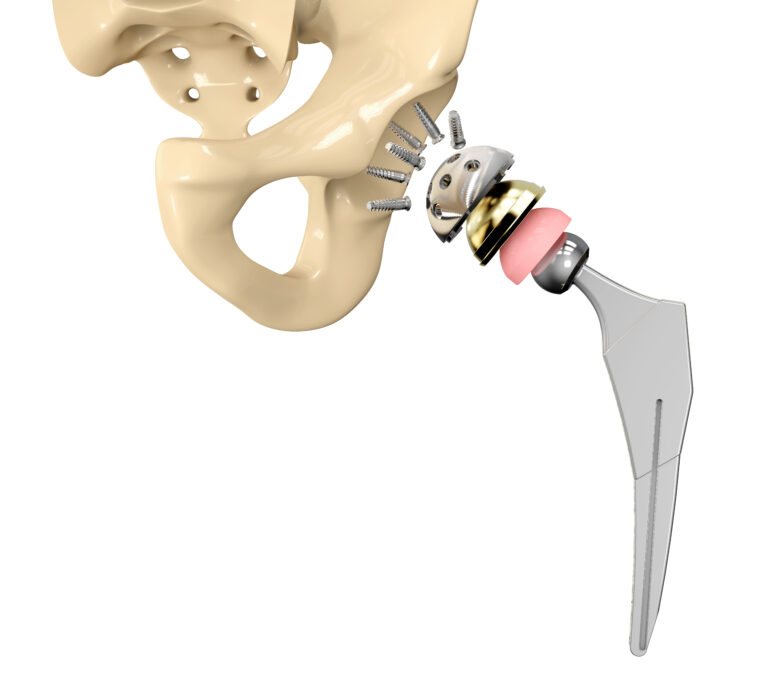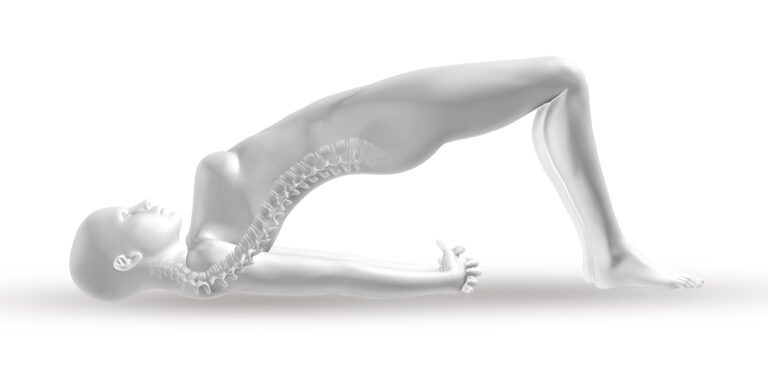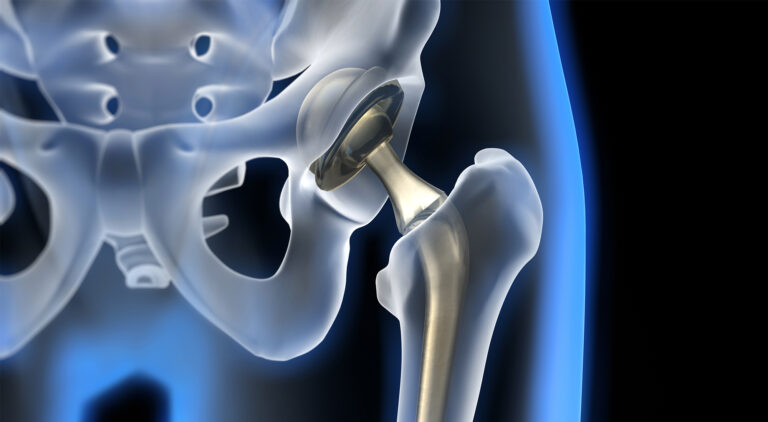Total knee replacement, also known as knee arthroplasty, is a common orthopedic procedure designed to replace the damaged or worn surfaces of the knee. Replacing these surfaces with an implant or “prosthesis” can relieve pain and improve mobility, enabling you to return to your normal activities. Unlike traditional total knee replacement, the minimally invasive technique is not suitable for all patients. Your orthopedic surgeon will discuss the various surgical options with you.
When you visit your orthopedic doctor, the first step is to confirm if your hip is the actual source of the problem. Women might describe hip pain, but it could be pain in the side of the upper thigh, upper buttock, or lower back.
What’s the Difference?
Traditional Knee Replacement
In a traditional knee replacement, the surgeon makes an 8- to 10-inch vertical incision over the front of the knee to expose the joint. The procedure involves:
- Preparing the bone: Removing the damaged cartilage surfaces at the ends of the femur and tibia along with a small amount of underlying bone.
- Positioning the metal implants: Replacing the removed cartilage and bone with metal components that recreate the surface of the joint.
- Resurfacing the patella: Cutting and resurfacing the undersurface of the patella (kneecap) with a plastic button, though some surgeons may choose not to resurface the patella.
- Inserting a spacer: Placing a plastic spacer between the metal components to create a smooth gliding surface.
- Arthritis: This is one of the most prevalent causes of hip pain in women, particularly osteoarthritis—the wear-and-tear kind that affects many people as they age. Arthritis pain is often felt in the front of the thigh or in the groin due to stiffness or swelling in the joint.
- Hip Fractures: Hip fractures are common among older women, especially those with decreased bone density. Symptoms of a hip fracture include pain while standing or stretching your leg.
- Tendinitis and Bursitis: Many tendons around the hip connect muscles to the joint. These tendons can easily become inflamed if overused or subjected to strenuous activities. One common cause of tendinitis at the hip joint is iliotibial band syndrome—the iliotibial band is a thick span of tissue that runs from the outer rim of your pelvis to the outside of your knee.
- Hernia: Pregnant women can be susceptible to inguinal hernias due to the added pressure on the abdominal wall.
- Gynecological and Back Issues: Gynecological issues can also cause hip pain in women, so it is important not to assume that hip pain is solely caused by the above-mentioned reasons. Similarly, pain from the spine and back, such as sciatica or a pinched nerve, can be felt around the buttocks and hip.
Minimally Invasive Knee Replacement
Minimally invasive knee replacement follows a similar surgical procedure but involves less cutting of the tissue surrounding the knee. The artificial implants used are the same as those in traditional knee replacement. However, specially designed surgical instruments are used to prepare the femur and tibia and to place the implants properly. This approach is performed through a shorter incision—typically 4 to 6 inches compared to the 8 to 10 inches in traditional knee replacement. The smaller incision results in less tissue disturbance.
Wrapping Up…
Minimally invasive knee replacement is an evolving field, and more research is needed to assess the long-term function and durability. The reported benefits of minimally invasive knee replacement include less damage to soft tissues, leading to a quicker, less painful recovery and a more rapid return to normal activities. Current evidence indicates that the long-term benefits of minimally invasive surgery do not differ significantly from those of knee replacement performed with the traditional approach.
Disclaimer: The information provided in this blog post is for general informational purposes only and should not be considered professional advice. Before making any health-related decisions, consult with a qualified healthcare professional. The content is not a substitute for medical advice, and individual results may vary. The author and website are not responsible for any consequences arising from the use of the information provided. Use your best judgment and seek professional advice when needed.



